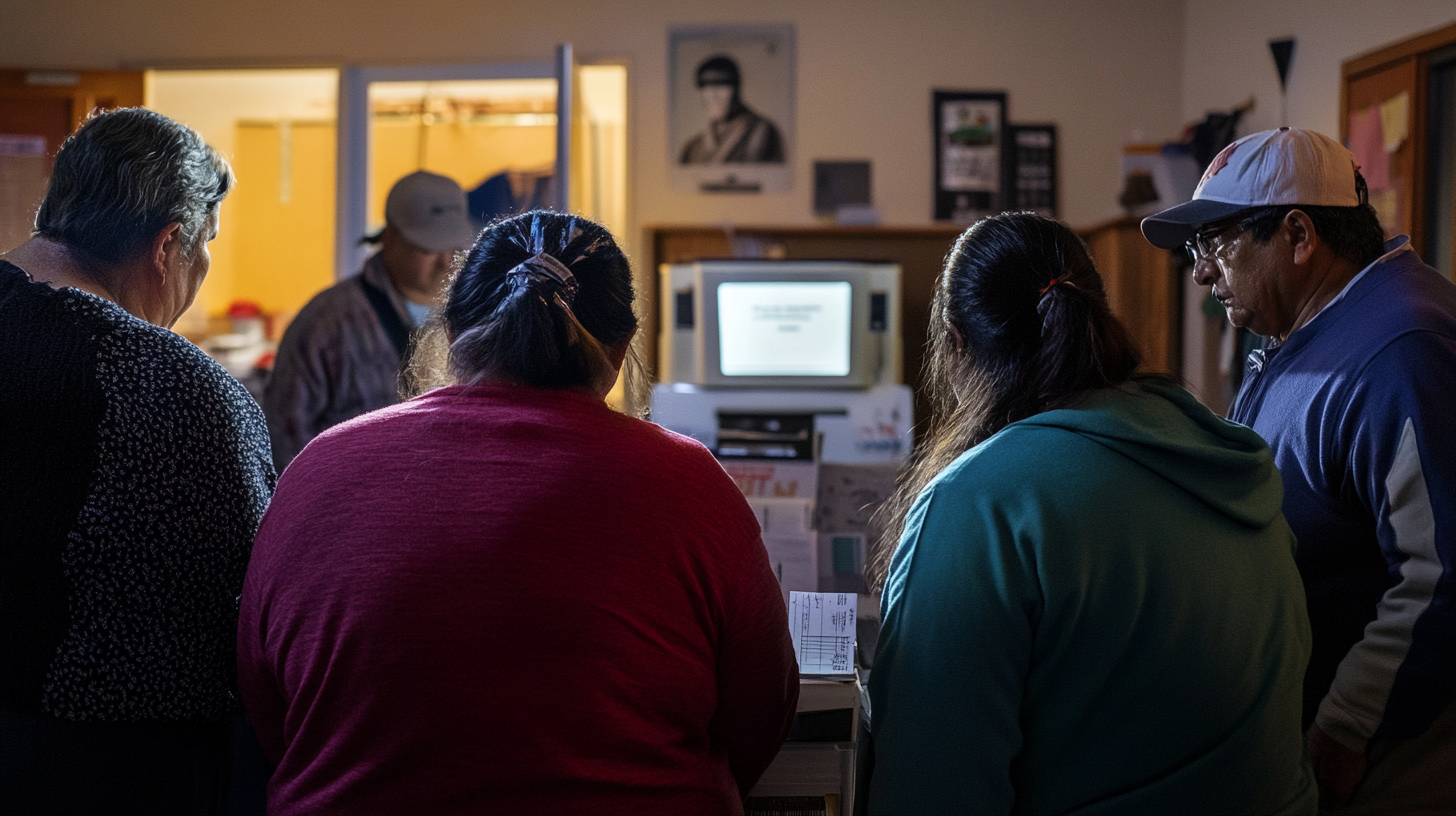Sure, here is the content modified to include the correct template elements:
—
Starbase: SpaceX’s Texas Site Poised to Become Next City—What That Means for the Rio Grande Valley
As the SpaceX site at Starbase in Cameron County approaches a pivotal vote on May 3 for its potential incorporation as a city, Valley residents and officials alike are contemplating the impact this move will have on the community and beyond. The incorporation of Starbase holds significant implications for the region, concerning local governance, economic development, and community engagement, marking it a crucial moment in RGV news.
Starbase’s Path to Cityhood
Pending the approval of the majority of local voters, Starbase stands to become an officially recognized municipality in Texas. This would enable it to govern itself, charting its development and providing municipal services to its residents. Key to achieving these goals will be the establishment of essential city functions such as water, sewer, policing, and fire services. Alan Bojorquez, a noted attorney specializing in city governance, remarks, “While Texas provides flexibility, it’s up to the city officials to determine what services they value.”
As a Type C municipality, Starbase will embark on its civic journey with a government comprising a mayor and two commissioners. Should the vote succeed, Cameron County will certify the results, enabling County Judge Eddie Treviño to officially declare the incorporation. Leonardo Olivares, a former Rio Grande Valley city manager, emphasizes the urgency and importance of this task: “The commissioners must quickly prioritize community needs, addressing both industrial and residential development.”
Infrastructure and Economic Implications
Once established, Starbase will gain autonomy over regulatory matters, allowing it to manage land use, infrastructure, and public service initiatives. It will also deliver vital economic benefits, including the potential to generate revenue through property and sales taxes. With plans for a $15 million shopping center and a $100 million office and industrial facility already unveiled, expectations for economic growth are high.
To fund its services, the new city will rely on property and sales taxes, similar to other Texas cities. Initial assessments will be decided by city leaders, although voter approval is necessary for any sales tax adoptions. Bojorquez comments on the necessity of strategic planning: “The challenge is making residents aware of the commission’s plans. It’s essential to communicate how their taxes will be used to benefit their community.”
Community Reactions and Company Town Dynamics
With Starbase potentially becoming a “company town,” where residents primarily work for SpaceX, parallels emerge with cities like Sugar Land, incorporated in 1959 with ties to its eponymous sugar company. Notably, SpaceX wants the freedom to pursue activities like beach closures for launches, which previously required permission from Cameron County. In November, SpaceX faced a setback when the county denied its request to expand residential development near its facility. The possible shift to city status, however, may ease such constraints.
Future Opportunities and Challenges
Valley residents have differing views on the potential transformation. Proponents see incorporation as an opportunity to modernize infrastructure, create jobs, and improve quality of life. Conversely, others express concern over SpaceX’s influence on regional decisions, emphasizing the need for transparent dialogue and decision-making among local stakeholders. The Texas Senate’s approval of a bill granting Starbase regulatory autonomy further elevates the stakes, drawing State House attention toward its implications for local governance.
Prospective Starbase voters engaged in the discussions earlier this year, relaying hopes and reservations concerning municipal growth. One local community member, Maria Diaz, shared her observations: “The proposals have the potential to attract new families. Still, it’s crucial that this growth doesn’t come at the expense of residents whose voices must remain central.”
Engaging with the Community
The forthcoming incorporation represents a pivotal intersection of technology, governance, and community interest in the RGV. As the situation develops, certain steps, like ongoing community outreach, remain vital. Valley residents are urged to stay informed and attend upcoming sessions, or access resources available online and through county offices.
As Valley residents prepare for the May 3 vote, they carry with them the weight of history and future promise. While the promise of Starbase projects a transformative vision for the area, its success will depend upon careful planning, transparent dialogue, and unified engagement from all stakeholders involved.
For those wanting to explore further developments, the Texas Tribune’s ongoing coverage remains accessible at texastribune.org, providing continual updates on policy implications across the state.
In conclusion, the vote deciding Starbase’s city status signals an unprecedented moment in South Texas development, with far-reaching effects for the Rio Grande Valley. Balancing innovation and community-centric governance will be essential as Starbase strives to forge a unique and vibrant identity within this vital and diverse region.







